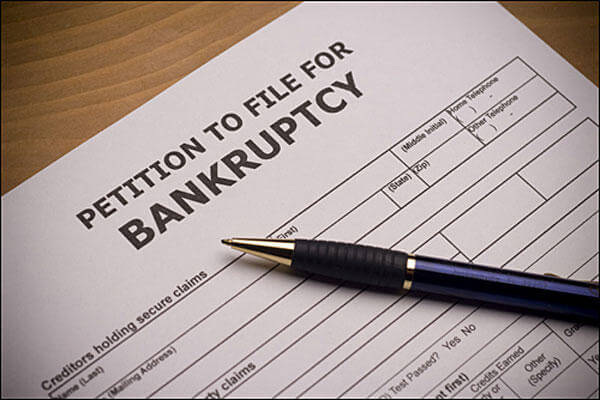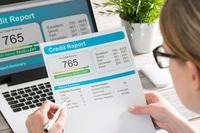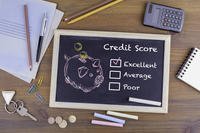I love that you're focused on developing a plan to begin "anew." It's definitely important to look back, critically assess what went wrong and why, and then to move forward with purpose. Here are five steps to consider as you map out your own game plan:
1. Check your credit report. Time and prudent financial management are going to lead you to a better financial place, and you want the clock that separates you from your bankruptcy to start ticking. Everything that was discharged should be reflected as such on your credit reports with the three major bureaus (Equifax, TransUnion, Experian). It could take a month or two for the reports to accurately reflect the bankruptcy, but make sure they do. If you have issues, follow the dispute procedures provided at the same website as your free credit reports, www.annualcreditreport.com.
2. Build a spending plan. You've got to map out where your money goes on a monthly basis and cut out or back your wants. It may sound like a paradox, but saving should be a part of your spending plan. In addition to adding money from each paycheck to a savings account, your spending plan will detail everything you spend money on (food, housing, transportation, utilities, etc.).
The key is to figure out a way to make your spending plan a reality. Some folks stash cash in envelopes, track spending on line or make everything automatic through online billpay. Pay all of your bills on time every time.
3. Create a cash cushion. The savings I mentioned as part of your spending plan will accumulate in a savings account and is there to keep you out of trouble if something goes awry. Yes, it's the oft-mentioned emergency fund. As your access to credit may be severely limited following a bankruptcy, it becomes all the more important to build flexibility into your situation by accumulating some cash.
4. Get a secured card. The first step you take to begin to rebuild your credit score could be to use a secured credit card. Essentially, you set up a deposit account with your bank (like a CD) and receive a credit card with a limit based on the amount of cash you deposit. There's no risk for the bank (since they already have your money), but the good news is that your on-time payments will be reported to the credit bureaus. If you manage this well, with time some banks may offer you the opportunity to increase your credit line.
5. Expand your credit foothold. This could mean adding a store card or gas card to your portfolio. Typically, these are a bit easier to get than a normal credit card. Make sure the card that you choose reports payments and transactions to one of the big three credit bureaus that I mentioned. In addition to being easier to get, they also normally have fairly high interest rates. However, since you are going to use and pay off the balance each month, this should not be an issue.
A counselor affiliated with the National Foundation for Credit Counseling might help you develop the money management skills to get things in order.













